Fix Media Upload Issues on Websites and Apps with These Steps
Media posting errors can be annoying and disruptive, whether you're posting a picture on social media, a video to your website, or an image to an email. You're about to hit "post" when all of a sudden you see a warning message that says, "Something went wrong," "Upload failed," or "Media not supported."
The good news? Most mistakes when sharing to media are easy to understand and even easier to fix. This guide will explain the main reasons why people have trouble uploading media on different devices and platforms, along with the best ways to quickly fix them. This guide will help you get your content online quickly, even if you're having trouble with an app bug, a file size limit, or the internet.
1. Check Your Internet Connection
A weak or unstable connection is one of the most common reasons media uploads fail. If your Wi-Fi signal is dropping or you're using mobile data with low bandwidth, uploads may time out or stop altogether.
What to do:
- Switch to a stronger Wi-Fi network or connect via Ethernet if possible.
- Restart your modem or router.
- Run a speed test to confirm your connection is stable.
Uploads, especially large media files, require reliable and consistent internet to complete successfully.
2. Verify File Format and Type
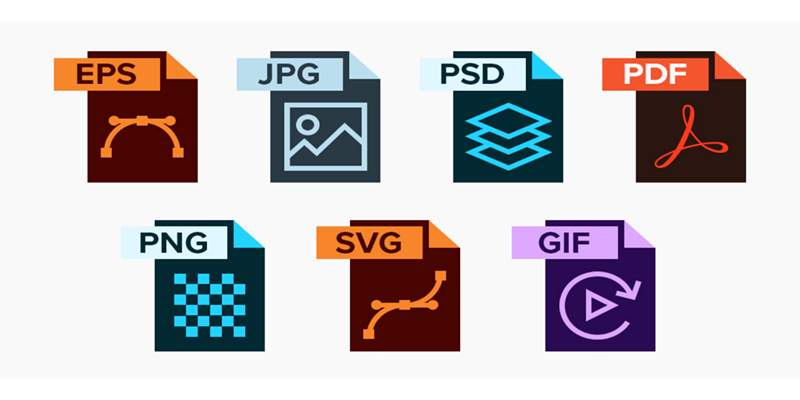
Different platforms support different media formats. Trying to upload a file type that isn't allowed will result in a failed upload or a format error.
Commonly supported formats:
- Images: JPEG, PNG, GIF, WebP
- Videos: MP4, MOV, AVI, WebM
- Audio: MP3, WAV
Fix:
- Convert unsupported formats using free tools or apps.
- For videos, consider using MP4 with H.264 encoding—it's widely accepted across most platforms.
If your file format is correct but still not uploading, check whether the file is corrupted by trying to open it locally.
3. Reduce File Size
Some apps and websites have maximum upload size limits. If your image or video exceeds that limit, you may receive an error without much explanation.
Solutions:
- Compress the file using online tools like TinyPNG (for images) or HandBrake (for videos).
- Lower the resolution or duration of videos.
- Break larger media into smaller segments if needed.
For example, a 4K video may need to be reduced to 1080p or compressed before posting to certain social platforms or content management systems.
4. Update the App or Browser
Outdated apps and browsers can trigger upload issues due to bugs, broken scripts, or compatibility problems.
What to check:
- If you're using a browser, update to the latest version (Chrome, Firefox, Safari, or Edge).
- If you're uploading via a mobile or desktop app, check for updates in the App Store or Google Play Store.
- Clear your browser's cache and cookies to avoid conflicts with stored data.
Keeping your tools updated helps ensure compatibility with the latest platform features and APIs that handle media uploads.
5. Log Out and Log Back In
Session-related glitches can sometimes cause media posting to fail, especially if you've been logged in for a long time or switched between accounts.
Quick fix:
- Log out of your account completely.
- Close the browser or app.
- Log back in and try uploading again.
This can reset the session and refresh your upload permissions on some platforms.
6. Check Platform or App Status
If the issue isn't on your end, it could be a platform-wide problem. Social media platforms, cloud services, or content systems occasionally experience downtime or technical issues that affect uploads.
How to check:
- Visit sites like DownDetector.com or check the service's official status page.
- Browse the provider's Twitter account or support forums for known issues.
If others are experiencing the same problem, it's likely temporary. Wait a bit and try again later.
7. Clear Storage Space (Especially on Mobile)
On smartphones or tablets, insufficient storage can prevent media from being processed or uploaded.
What to do:
- Delete unused apps or large files to free up space.
- Move media to cloud storage like Google Drive or iCloud.
- Restart your device after clearing the space.
Low storage can interrupt not only uploads but also the device's ability to render previews or save drafts.
8. Check Privacy and Permission Settings
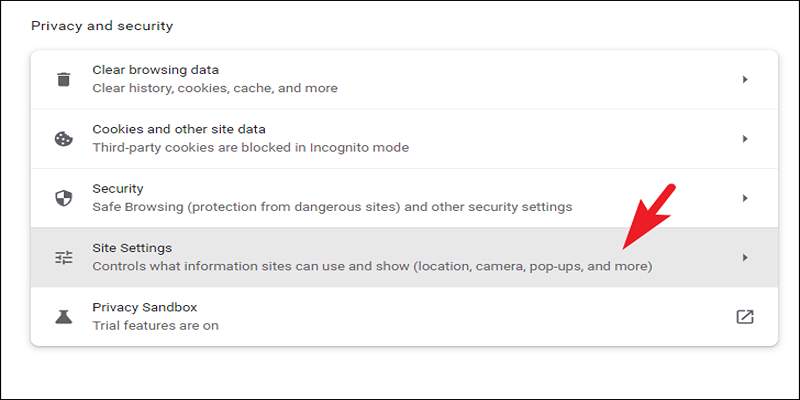
If you're uploading to a website or using a browser-based tool, permission settings may block access to your media library or camera.
On desktop browsers:
- Go to your browser's privacy settings.
- Make sure the site you're using has permission to access files or webcam/microphone.
On mobile:
- Go to your device settings.
- Ensure the app has permission to access media, camera, and storage.
Without the right permissions, your media won't be accessible for uploading—even if the file exists.
9. Restart Your Device
Sometimes, the simplest fix is the most effective. Rebooting your computer or phone clears memory, resets app behaviors, and can stop background processes that might be interfering with uploads.
After restarting, try the upload again to see if the issue resolves itself.
10. Use a Different Device or Network
Still stuck? Try uploading the same file from a different device or network. This helps you determine whether the problem is device-specific, app-specific, or account-related.
Try:
- Uploading from another phone, computer, or browser.
- Switching from Wi-Fi to mobile data or vice versa.
- Logging into your account from a different location.
If the upload works elsewhere, your issue is likely with the original device or network—not the media itself.
Conclusion
Media posting errors can be a headache—especially when you're trying to share something important or time-sensitive. But the majority of these issues come down to simple things: internet reliability, file compatibility, storage space, or outdated apps. With the right approach, they're easy to fix.
Start by ruling out basic issues like connectivity and file size. Then move into app settings, permissions, and account status. By following the steps outlined here, you can solve almost any media posting problem—whether you're uploading to social platforms, content systems, or cloud services.
Don't let a failed upload slow you down. With a bit of troubleshooting, your images, videos, and media files will be online in no time.
On this page
1. Check Your Internet Connection What to do: 2. Verify File Format and Type Commonly supported formats: Fix: 3. Reduce File Size Solutions: 4. Update the App or Browser What to check: 5. Log Out and Log Back In Quick fix: 6. Check Platform or App Status How to check: 7. Clear Storage Space (Especially on Mobile) What to do: 8. Check Privacy and Permission Settings On desktop browsers: On mobile: 9. Restart Your Device 10. Use a Different Device or Network Try: ConclusionRelated Articles

Usersnap vs. Userback vs. Marker.io: A Comprehensive Comparison
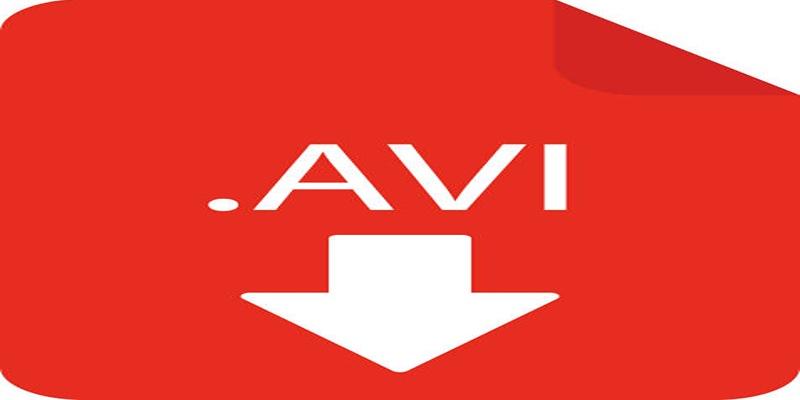
3 Easy Ways to Transform AVCHD Files into AVI Format

Exploring Passkeys: How They Work and Their Advantages

Effortless Steps to Convert and Upscale Video to 4K Resolution

Best Calendar Apps for Windows to Boost Productivity: Stay Organized in 2025
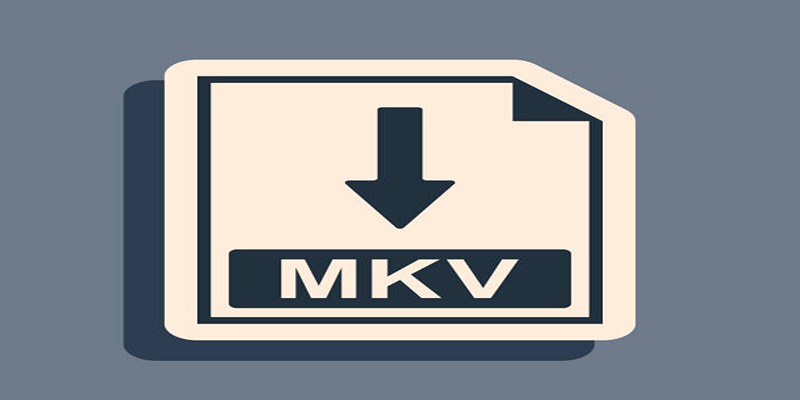
Quick and Simple Ways to Convert MKV to MOV in 2025

Deleting a Repository on GitHub: Instructions

Convert AVCHD to MOV on Windows Without Losing Quality
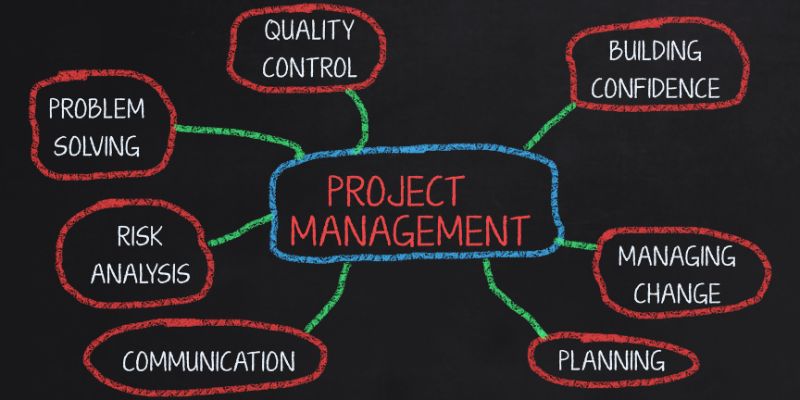
Best Project Management Software for Small Businesses: A Comprehensive Guide
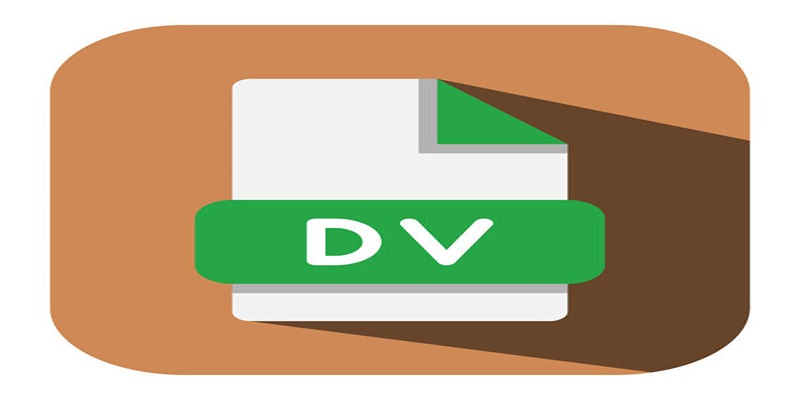
Convert Mini DV to Digital Format on Windows: A Quick Tutorial
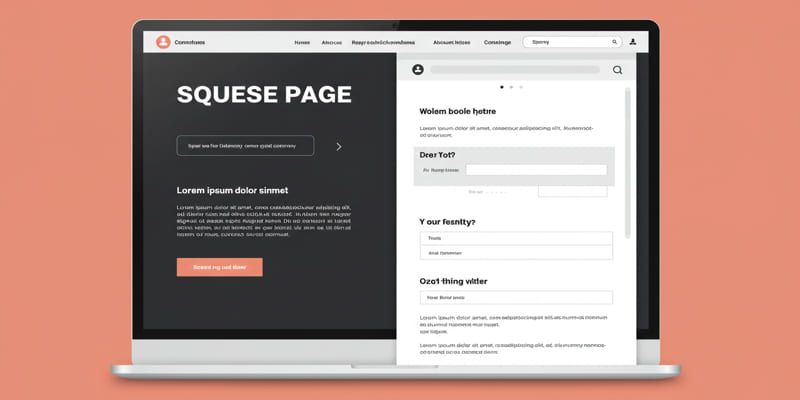
What is a squeeze page?

 suptoolbox
suptoolbox